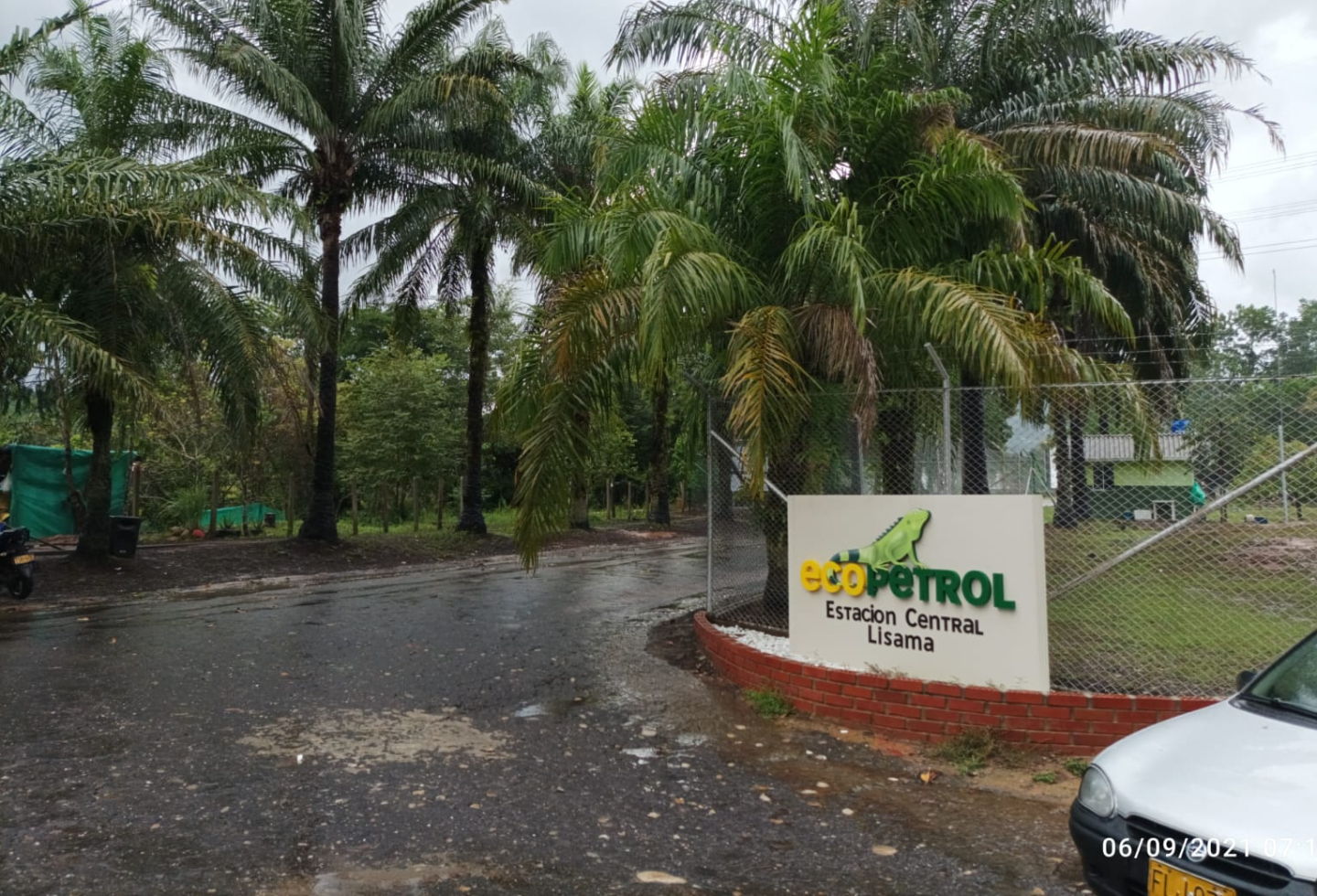MIAMI, United States. – Two elderly people from Pinar del Río have had to resort to the sun to heat their food due to the long power outages suffered by Cubans throughout the island, mainly those who live outside the capital.
“In the sun, this is how they heat their lunch in this house because the little time of electricity that there is barely enough to cook,” denounced on Facebook the journalist Claudia Padrón Cueto, who shared a photo of two cauldrons in the sun.
“Of course, gas did not arrive here and the only way they have is to use their electric stoves, but with what light,” he said.
“The photo is sent to me by a family I have known since I was a child. They are two elderly brothers who live alone in San Juan y Martínez, a town in Pinar del Río. Not only is eating a luxury in Cuba, but heating what little there is is also a luxury,” lamented the reporter.
The serious crisis due to a deficit in electricity generation suffered by Cubans dates back to 2018 and was one of the triggers for the historic 11J demonstrations.
In May of this year, Cuban ruler Miguel Díaz-Canel said that the constant blackouts that have affected Cubans in recent months are fundamentally due to fuel shortages and breakages in thermoelectric plants.
Over time, rather than being fixed, blackouts have become more widespread and have contributed significantly to growing popular discontent. Last week residents of Nuevitas, in Camagüey, took to the streets to protest against the continuous power cuts.
According to several comments on social networks, the residents of Nuevitas have been suffering from long blackouts for three months. Last week, the Camagüey Electric Company announced power outages of up to 18 hours due to problems with the thermoelectric plants in Cuba.
In Camagüey “it is not possible to continue applying the rotation that until now was implemented and the time of affectation could be in the order of 18 hours,” the statement said.
Last July, Díaz-Canel told the National Assembly of People’s Power that he understood the popular discontent that was leading Cubans to protest throughout Cuba against the energy crisis, however, he assured that Cubans will not solve anything by demonstrating.
“There are some people who, to express their discomfort, their misunderstanding, go to the sound of pots, shout expressions against the leaders, some take the opportunity to say slogans against the revolution, others participate in acts of vandalism, throw stones, break windows, and with That does not solve the situation we have. It is only resolved by complying with the strategy that we have, that we are committed to and that we are defending,” he said.
In Cuba, 40.6% of the generation power is produced with thermoelectric plants, 21.7% with fuel oil engines, 21.9% with diesel engines, almost 8% is produced with the accompanying gas of oil production, 5% with renewable energy sources (water, sun and wind) and about the remaining 3% is produced in the floating units located in the Mariel.
According to specialists, breakdowns in the generation units of the national electricity system have multiple causes. But the fundamental one, they say, is the aging of the base generation park of the eight thermoelectric plants in the country, most of them with more than 30 years of work that exceeds their useful life.
Receive information from CubaNet on your cell phone through WhatsApp. Send us a message with the word “CUBA” on the phone +1 (786) 316-2072, You can also subscribe to our electronic newsletter by giving click here.






